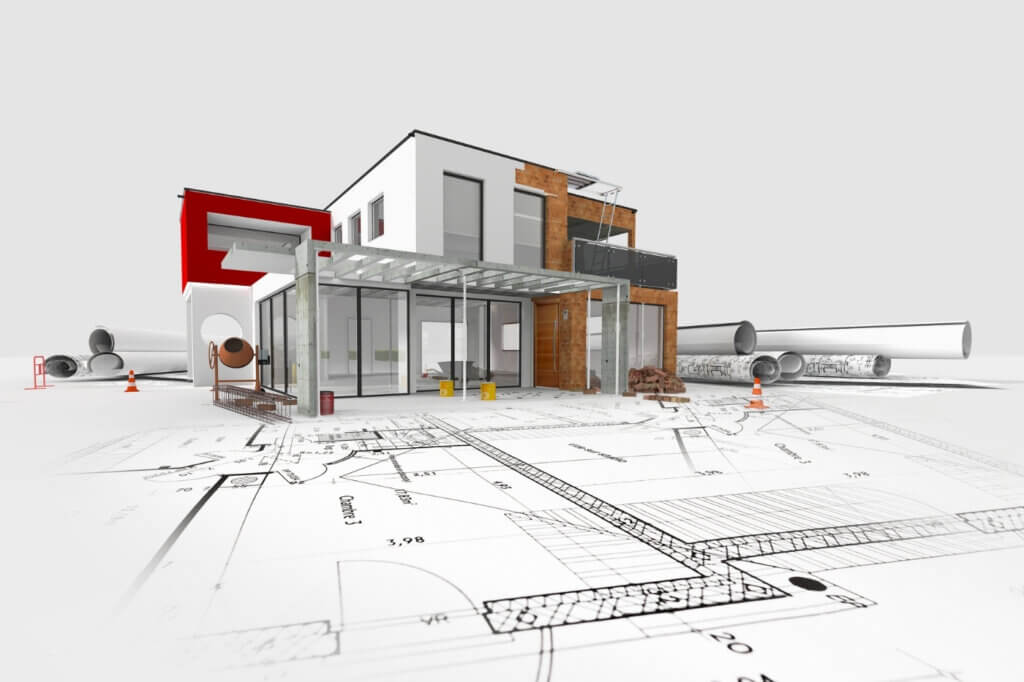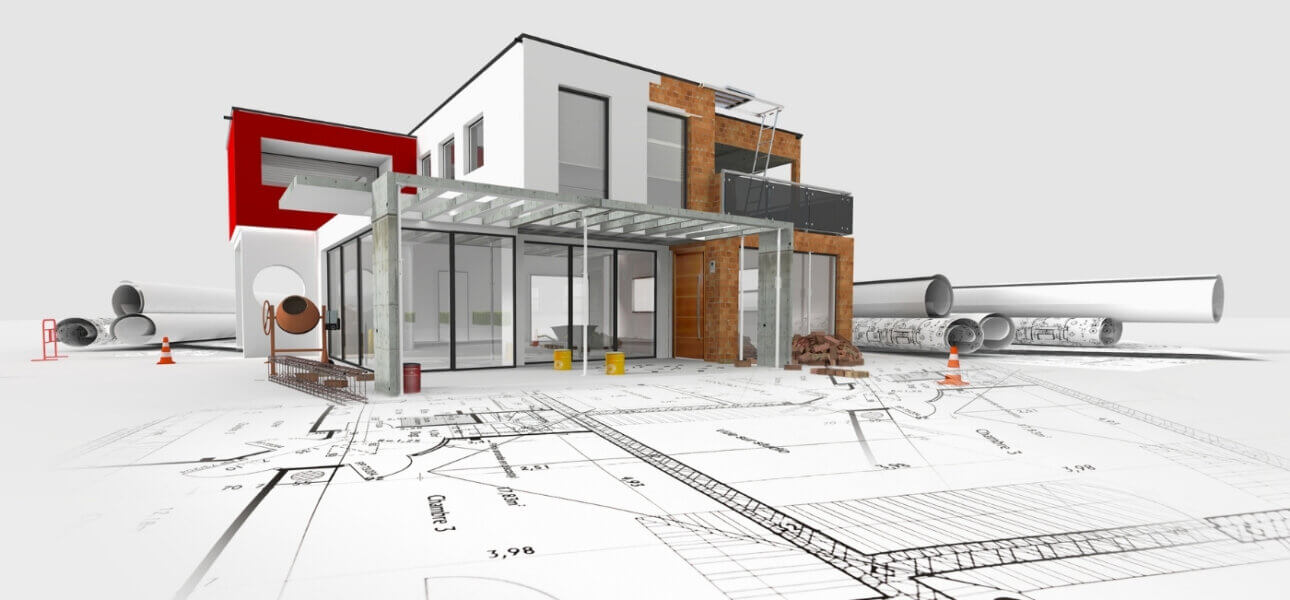A beautiful home stands on strong foundations of planning and quality. If you are building on your Velammal Garden plot in the Padappai Oragadam belt, a clear checklist for quality checks at each construction stage will save time, money, and future repairs. Here is a simple, on-site guide you can follow along with your architect and contractor in Chennai.

Before You Start: Drawings, Permits, and Site Readiness
Good construction begins on paper. Ensure your sanctioned drawings and structural designs match site conditions and soil test data.
Must-do checks
- Confirm DTCP and RERA approvals are in place for the layout and your building plan aligns with local by-laws
- Verify soil investigation report and foundation type recommended by the structural engineer
- Cross-check column grid, setbacks, floor heights, and stair position on the ground with total station markings
- Set up a site diary to record daily progress, material receipts, slump tests, cube casting, and inspections
- Arrange safe material storage for cement, steel, and blocks with cover from Chennai’s coastal humidity
Stage 1: Excavation and PCC
This stage sets the reference for levels and load transfer. Accuracy now prevents costly rework later.
Quality checks
- Benchmarks fixed with respect to road level and plot corner stones
- Excavation depth as per drawing with proper sideslope or shoring in clayey soils around Padappai
- No loose soil at the base, spread and compact a 40 to 75 mm sand layer if specified
- Plain cement concrete (PCC) thickness and level checked with laser or water level
- Provide anti-termite treatment at the approved dosage before foundation concrete
What to record
- Photographs of excavation depth tape readings
- Concrete receipt, mix grade, and pour time noted in the site diary
Stage 2: Foundation and Footings
In the Oragadam industrial belt, varying soil pockets mean foundations must strictly follow structural designs.
Quality checks
- Reinforcement steel grade, diameter, spacing, and cover blocks as per bar bending schedule
- Reinforcement free of rust, oil, and mud; proper laps and bends maintained
- Formwork rigid and line or level checked before pour
- Concrete mix grade verified and slump tested on site; cube samples taken for 7 and 28 day strength
- Vibrators used uniformly to avoid honeycombing, starter bars placed true to grid for columns
Common issues to prevent
- Inadequate concrete cover leading to corrosion in coastal humidity
- Misaligned starter bars making columns eccentric
Stage 3: Columns, Plinth Beam, and Backfilling
Vertical accuracy and plinth integrity decide the stability of your frame.
Quality checks
- Column shutter plumb checked with spirit level from two directions
- Column sizes verified at multiple lifts, starter bars kept vertical
- Plinth beam reinforcement and stirrups checked for spacing and cover
- Backfilling done in layers with compaction, especially important before laying grade slab
- Provide termite reticulation pipe if planned, with accessible refill points
Tip for Chennai monsoons
- Create temporary surface drains to keep the site dry and avoid soil softening
Stage 4: Ground Floor Slab or Grade Slab
This is a service-heavy stage that needs coordination.
Quality checks
- Conduits for electrical, internet, and earthing placed before the pour
- Plumbing trenches and sleeves laid to slope with traps at the right locations
- Polyethylene sheet and reinforcement mesh properly lapped
- Expansion or contraction joints provided as per drawing
- Slab finish level checked with laser and cured for a minimum of 7 days
Stage 5: Superstructure Brickwork or Blockwork
Walls define spaces and service runs. Straightness and bonding are key.
Quality checks
- Use good quality blocks or wire-cut bricks with consistent size and soundness
- Mortar mix proportion controlled and mixed in batches, not by guesswork
- Mason line and plumb bob used every course for straightness and verticality
- Lintel and sunshade reinforcement checked; adequate bearing on walls ensured
- Door and window frames fixed plumb and protected during masonry
Chennai comfort note
- Plan cross-ventilation and window sizes to suit prevailing sea breeze and Padappai wind patterns
Stage 6: Roof Slab Shuttering and Reinforcement
Slabs and beams carry your home. Extra attention here avoids deflection and cracks.
Quality checks
- Shuttering tight and supported with proper props and bracings; no visible sags
- Beam and slab reinforcement verified against structural drawings, including negative bars at supports
- Electrical conduit and fan box positions finalised before pour
- Slump test, cube casting, and continuous curing planned
- Remove formwork only after recommended time and shore the slab if required
Stage 7: Waterproofing and Terrace Finishes
Waterproofing is your long-term shield against seepage, especially vital for Chennai’s rains.
Quality checks
- Bathroom sunken slabs waterproofed with approved chemicals and corner fillets
- Terrace waterproofing membrane or IPS with proper slope to drain points
- Water ponding test for 48 hours to confirm no leaks
- External walls receive a waterproof base coat before plaster
Stage 8: Plastering and External Finishes
Uniform plastering ensures good paint finish and weather protection.
Quality checks
- Surface cleaned and dampened before plaster
- Plaster mix proportion and thickness maintained
- Joints staggered and chicken mesh used at dissimilar material junctions
- Drip moulds formed on chajjas and balcony edges
- External surface primed with weatherproof primer
Stage 9: MEP Rough-ins and First Fix
Services should be invisible after finishing yet easy to maintain.
Quality checks
- Electrical point schedule matched with approved drawings and actual usage needs
- Conduits, junction boxes, and DB locations level and accessible
- Plumbing pressure test for water lines and air test for drainage lines
- Proper slopes in pipelines to avoid air locks and backflow
- Earthing pits, lightning arrestor, and SPD installation verified
Stage 10: Flooring, Carpentry, and Joinery
This is where the look and feel come alive.
Quality checks
- Screed laid level and cured before tile laying
- Tile selection and batch shade matched; grout lines straight and even
- Granite or engineered stone countertops properly supported and sealed
- Door shutters checked for warp and alignment; hardware fitted snugly
- Windows sealed against rain with approved sealants
Stage 11: Painting and Final Finishes
Healthy indoor air and durability depend on correct painting.
Quality checks
- Moisture readings acceptable before primer
- Putty applied thin and even, sanded between coats
- Low-VOC paints preferred for bedrooms and kids’ rooms
- Colour samples approved in natural light
- Metal surfaces receive anti-rust primer before enamel
Stage 12: Handover, Snag List, and Documentation
A thorough closeout sets you up for a worry-free stay.
Quality checks
- Full snag list covering seepage, cracks, door and window alignment, paint touch-ups, and service tests
- Test all circuits, MCBs, fixtures, and appliances
- Record as-built drawings for electrical and plumbing with valve locations
- Collect warranties for waterproofing, paints, tiles, pumps, and fixtures
- Maintain a maintenance schedule for the first year, including terrace re-coating if advised
Smart QA Habits for Homeowners
- Appoint a qualified site engineer or third-party auditor for fortnightly audits
- Use simple tools on site: spirit level, measuring tape, laser level, moisture meter
- Keep all delivery challans, test results, and photographs organised in a digital folder
- Align payments to milestones after quality sign-off, not just completion percentage
- Visit the site after heavy rains to check drainage and seepage points
Why Building at Velammal Garden Makes QA Easier
Velammal Garden is a DTCP and RERA approved villa plot community in the Padappai Oragadam growth corridor. The planned internal roads, stormwater plan, and clear plot demarcations make it easier to execute accurate levels, drainage, and service layouts. If you are exploring a plot or planning your house construction in Chennai, start your journey at velammalgarden.com and use this checklist from day one. You can also plan phased construction with clarity on budgets and timelines as you grow your home at velammalgarden.com.
FAQs: quality checks at each construction stage house construction chennai
What core tests should I insist on during concrete works in Chennai
Ask for slump tests at every pour and cube tests for 7 and 28 day strength. Ensure proper vibration, cover blocks, and curing. Record mix grade, supplier details, and pour time in your site diary.
How do I prevent bathroom and terrace leakages long term
Do sunken slab waterproofing with fillets, apply a tested membrane or crystalline system, and perform a 48 hour ponding test. Maintain correct slopes toward drains and seal all pipe penetrations before tiling.
Which documents are essential at handover
Collect as-built drawings, structural stability certificate, material warranties, test reports, and a snag closure report. Keep a maintenance guide for waterproofing, paint cycles, and MEP service intervals.
How should payments be tied to quality milestones
Link payments to inspection-based milestones such as foundation cast with test results, plinth completed and compacted, slab cast with cube reports, waterproofing passed ponding test, and final snag list closed.
Why choose Padappai Oragadam for building a home
You get good connectivity, fast infrastructure growth, and a strong rental or resale outlook driven by industrial parks. The planned community environment at Velammal Garden supports disciplined execution, better drainage, and clean services, which reduces rework and enhances long-term quality.
Building your dream home is a process, not a single event. With the right checks at the right time, you control risk and assure performance. Use this guide as your on-site companion and work with experienced professionals for a home that feels solid from the first monsoon to the many seasons ahead.


